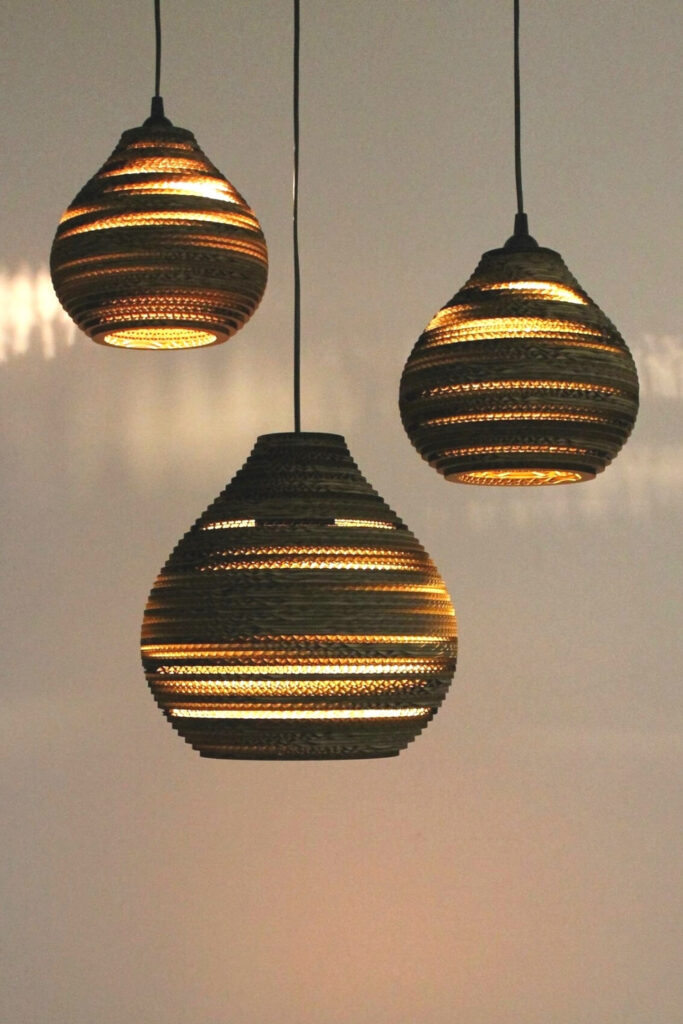
Lighting the Future: Illuminating Homes with Sustainable Solutions
The Shift to Sustainable Lighting: Embracing Eco-Friendly Choices
In the quest for sustainable living, one area that homeowners are increasingly focusing on is lighting. Sustainable home lighting goes beyond just brightness; it involves making eco-friendly choices that reduce energy consumption and environmental impact. Let’s explore the shift to sustainable lighting and the innovative solutions that light the way to a greener future.
A Link to Eco-Friendly Living: Exploring Sustainable Home Lighting
For those seeking a link to eco-friendly living through energy-efficient illumination, exploring sustainable home lighting serves as a vital connection. This link ensures that the lighting choices made at home align with principles of sustainability, contributing to a brighter future for both homeowners and the planet.
LED Lighting Revolution: Energy-Efficient Brilliance
One of the cornerstones of sustainable home lighting is the LED (Light Emitting Diode) revolution. LED bulbs are energy-efficient, using significantly less electricity than traditional incandescent bulbs. They also have a longer lifespan, reducing the frequency of replacements and minimizing waste. LED lighting is a bright example of how sustainability and innovation can coexist.
Natural Light Integration: Harnessing Daylight for Illumination
Sustainable home lighting doesn’t solely rely on artificial sources. Integrating natural light is a key aspect of eco-friendly illumination. This can be achieved through thoughtful architectural design, such as strategically placed windows and skylights. Maximizing natural light not only reduces the need for artificial lighting during the day but also enhances the overall well-being of inhabitants.
Smart Lighting Controls: Efficiency at Your Fingertips
Smart lighting controls have emerged as a pivotal component of sustainable home lighting systems. These controls allow homeowners to manage and customize their lighting based on specific needs. From adjusting brightness levels to scheduling on/off times, smart lighting ensures that energy is used efficiently, minimizing wastage and reducing utility costs.
Energy-Efficient Fixtures: Illuminating Responsibly
Sustainable lighting extends beyond the choice of bulbs to include the fixtures themselves. Energy-efficient fixtures, such as those with the ENERGY STAR label, adhere to strict efficiency guidelines. These fixtures not only contribute to energy savings but also often feature durable and recyclable materials, aligning with the broader principles of sustainability.
Upcycled and Recycled Lighting: Shining a Light on Creativity
A creative approach to sustainable home lighting involves the use of upcycled or recycled materials in lighting fixtures. Designers and homeowners alike are exploring innovative ways to repurpose materials, giving them a new life as unique and eco-friendly lighting elements. This approach not only reduces waste but also adds a touch of individuality to home decor.
Solar-Powered Lighting Solutions: Harnessing the Sun’s Energy
Solar-powered lighting solutions exemplify the convergence of sustainability and renewable energy. Outdoor lighting, in particular, can benefit from solar-powered fixtures that harness the sun’s energy during the day and illuminate outdoor spaces at night. These solutions are not only energy-efficient but also reduce dependence on conventional power sources.
Minimalist Lighting Design: Focusing on Essential Illumination
A minimalist approach to lighting design aligns with sustainability by focusing on essential illumination. Rather than inundating spaces with unnecessary light, minimalist designs prioritize the strategic placement of lighting for optimal functionality and aesthetic appeal. This intentional approach contributes to energy conservation and a more conscious use of resources.
Biophilic Lighting Concepts: Connecting with Nature Indoors
Biophilic design principles extend to lighting, emphasizing a connection with nature indoors. This can be achieved through fixtures that mimic natural patterns of light, such as dappled sunlight. Biophilic lighting concepts not only enhance the visual appeal of interiors but also create a harmonious environment that aligns with the natural world.
Conclusion: Lighting a Sustainable Path Forward
In conclusion, sustainable home lighting is not just about brightening spaces; it’s about lighting a path forward towards a more sustainable and eco-friendly future. LED technology, natural light integration, smart controls, and creative design approaches all play a role in illuminating homes responsibly. By exploring sustainable home lighting, homeowners can make informed choices that contribute to a brighter, more sustainable world.
